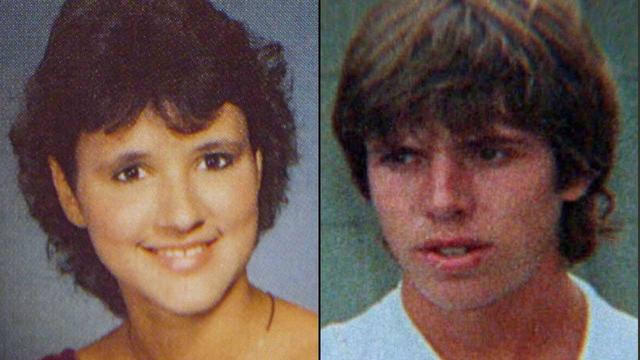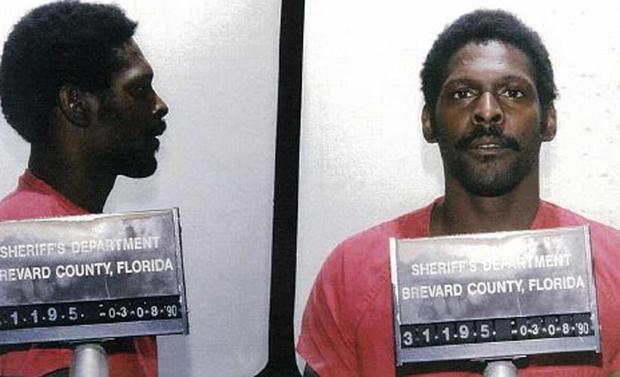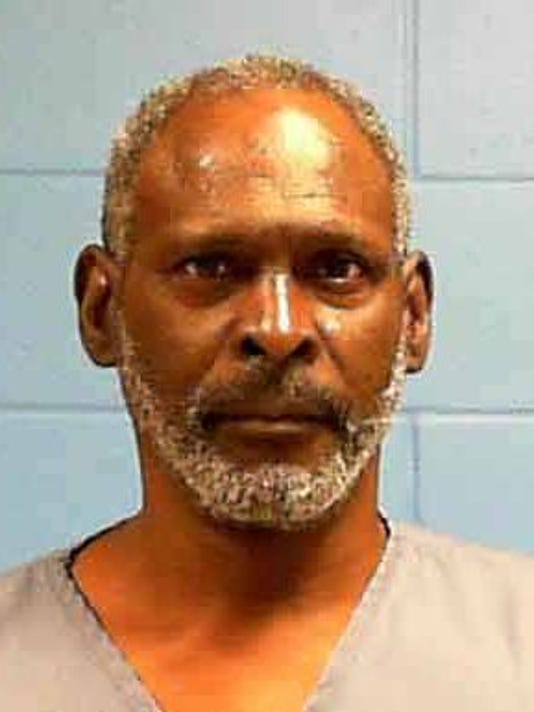As we all know, CBS’ ’48 Hours’ is a long-standing documentary series investigating some of the most intriguing true-crime cases that touch on all aspects of the human experience. Ever since its premiere in 1988, it has captured the attention of many by delving deep into the stories it chronicles – highlighting all the facts of a matter to solve a mystery at its very core. So, of course, its episode, ‘Crosley Green’s Hard Time,’ examining Charles “Chip” Flynn’s homicide and its confounding aftermath, is no different. If you’re curious to know all the details about the same, we’ve got you covered.
How Did Charles “Chip” Flynn Die?
By all accounts, Charles “Chip” Flynn was a friendly and lovable man. At the age of 22, he lived with his parents and was in a happy relationship after having split up from his ex-girlfriend, Kim Hallock. But things took an unimaginable turn for him on April 3, 1989. At around 10 p.m. that evening, according to her own accounts, 19-year-old Kim encountered her ex at her apartment, who wanted to talk to her. They subsequently went for a drive to a local park in Mims, Florida, where they smoked marijuana and had sex before Kim saw a black man with a gun approaching their vehicle.

As per her statements, Kim took out the gun Chip kept in his truck’s glove compartment and placed it near her. But it didn’t do them any favors as she said the man still managed to hijack their vehicle, bind Chip’s hands with a shoelace, rob them of all their money, and then drive them to a citrus grove. Once there, a fight between the two men broke out, during which Kim managed to take control of the truck and drive away. She later told investigators that she’d heard a few gunshots go off. But it was only about 40 minutes after Kim had fled the scene that she dialed 911.
In the early hours of April 4, 1989, paramedics and deputies from the sheriff’s office arrived at the scene, only to find Charles “Chip” Flynn lying on the ground with his hands tied. He had a single gunshot wound to his chest but was still alive and responsive. “Get me outta here. I wanna go home,” he said to them, making no mention of a robbery or an assailant. Unfortunately, though, before an ambulance could arrive to take him to the hospital, Chip passed away from the injuries he’d incurred. Thus began an investigation into his killing, with Kim being the star witness.
Who Killed Charles “Chip” Flynn?
Even though Kim Hallock admitted that the pair had argued that evening, she was never looked into as a suspect. Instead, she was questioned as a witness/victim, whose description of the assailant led officers to identify Crosley Green, a small-time drug dealer who had recently been released from prison, as their primary suspect. After all, within an hour of Chip’s death, a sheriff’s radio bulletin announced that his killer was a muscular black man wearing, amongst other things, “brown-type work boots.” But strangely, once the area around the crime scene was canvassed, the only prints recovered were from tennis shoes.

Kim was again interrogated, but this time, she admitted that she never saw the perpetrator’s shoes, saying that she’d made that guess because of the heavy sounds. Subsequently, despite claiming that she didn’t get a good look at whoever attacked the pair, Kim was able to pick out Crosley Green from a photo lineup, stating that she was “pretty sure” about her pick. Thus, on June 8, 1989, Crosley was arrested and charged with kidnapping, robbery, and murder in connection to Chip Flynn’s death. He stood trial for the same later that year, having refused the plea deals offered to him because he maintained his innocence.

Even though there was no physical evidence – fingerprints, fibers, hair, or blood – tying Crosley to Chip’s shooting, a jury found him guilty of first-degree murder and sentenced him to death in 1990. This verdict was the direct result of the shoe print evidence and the fact that three witnesses testified that Crosley had confessed to them. It was later revealed that the print did not match Crosley’s and that the witnesses all allegedly lied, having been pressured by the law enforcement authorities to commit perjury. Based on these, the United States Middle District Court of Florida overturned Crosley Green’s conviction in 2018.
Read More: Where is Crosley Green Now?


You must be logged in to post a comment.